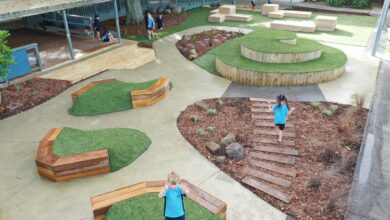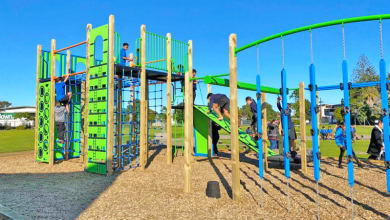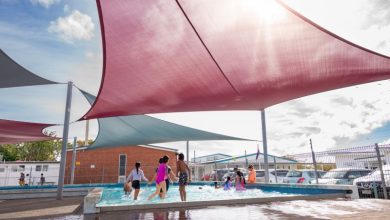Lighting a significant factor in learning
The importance of good lighting in schools has become increasingly recognised in recent years, so much so that the Ministry of Education commissioned a 52 page series of guidelines from the Building Research Advisory Council (BRANZ), to assist boards of trustees, principals and teachers in achieving good natural and electric lighting in teaching and learning spaces.
BRANZ is an independent and impartial research, testing, consulting and information company providing resources for the building industry. Its guidelines stress that the teaching environment has a big effect on the quality of student learning. That environment is affected by many physical factors including:
• Acoustics
• Air quality and ventilation
• Heating and insulation
• Lighting
• Interior design
Acoustics and the other factors are covered in separate reports and BRANZ emphasises that all the factors interact with one another. “No single factor should be altered without assessing its effect on all the others – a holistic approach is essential.”
Profound effects on learning
The guidelines say ‘the design of lighting systems is significant for two reasons: the large amounts of energy school lighting can use and the profound effect lighting (both natural and artificial) can have on students.
‘Recent research shows good daylighting greatly improves student learning outcomes and is beneficial to the health of students and teachers. Decisions on lighting should take in to account the life, replacement costs and running costs of equipment and the benefits of well-designed lighting to the health, wellbeing and performance of students and teachers, as well as the overall costs of the system.
As schools operate basically in daylight hours and with sunlight being free of charge, naturally BRANZ emphasises the best use of natural light – controlling glare, shadows and excessive heat being just some of the factors that must be taken into consideration and require expert building design. But during winter months in particular, natural light will often not be sufficient.
Installing electric lighting that is not only economic to operate but will provide a pleasant and efficient environment for both students and teachers is of paramount importance. BRANZ gives several pages of often highly complex information, and the skilled advice of a reputable lighting company is essential. This is a job for experts. However, the BRANZ guidelines also give very useful general information and should be consulted by school staff and administrators:
Careful integration
‘When daylight fades later in the day, on overcast days, or when additional lighting is needed for specific tasks, electric lighting supplements or takes over. This is a staged process.
“To perform well and be cost-effective under changing circumstances, electric lighting design must be carefully integrated with daylighting design and be flexible. The installation must provide for:
• Close work lighting – often supplementary to daylighting so specific tasks can be carried out accurately and comfortably
• Combined lighting – daylighting complemented by artificial lighting where the daylighting is reduced – eg, in deep rooms or as daylight fades
• Full electric lighting – when daylight is insufficient, eg in the evening or at night.’
With regard to artificial lighting quality, BRANZ says basic electric lighting quality will depend on the:
• Amount of light
• Colour appearance of the light
• Ability of the light to make colour look correct
• Amount of glare.
‘As lighting installations age and collect dirt, they give off less light illuminance. To compensate, illuminance levels are specified as the minimum the installation is designed to give during its lifetime. This is called the maintenance illumination and is expressed in lux.’
Correct colour appearance
When it comes to colour appearance and rendering, BRANZ says the colour of the light given out by different artificial light sources appears to have varying degrees of warmth or coolness. The colours (called the correlated colour temperature or CCT) needed for different functions, are simplified into three groups: warm, intermediate and cold.
‘The ability of the light to make colour look correct (compared to daylight) is expressed as the colour rendering index (Ra) Lamps are arranged in groups according to their Ra.’
A table is included to show those groups appropriate for use in teaching spaces and the report spells out the need for uniform illumination to eliminate deep shadows and strong contrasting patterns of light and dark.
‘Students spend a lot of time working at their desks, which means constant change between the head-up and head-down positions. They eye needs to adjust rapidly for distance, angle and lighting. Avoiding strong contrasts reduces fatigue,’the guidelines say.
The BRANZ set of guidelines is a very valuable piece of work which emphasises how important it is to achieve the best possible design for both natural light and electronic lighting systems. And while much of it is far too complex for the lay-person, several specialist lighting companies are available to provide expert advice.
Why should I be thinking about LED lighting? Having been in the industry for 25 years I have seen a lot of change but none more radical, as swift or as exciting as the introduction of LED as a general light source. The consumers increasing appetite and demand for power is putting pressure on our ability to supply, which in turn increases the cost. Those who are charged with the responsibility of generating power are very aware of the need to pro-actively reduce demand. Clearly they do not want to build more power stations. |









